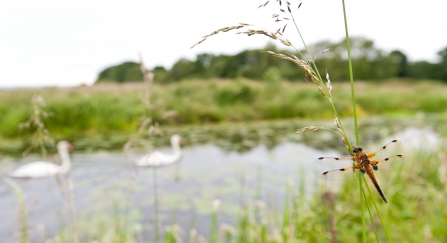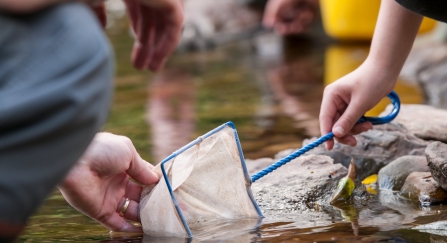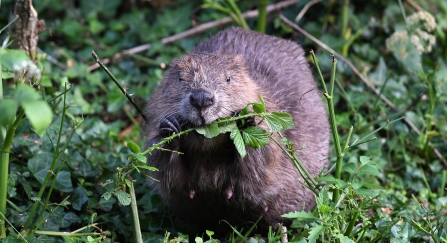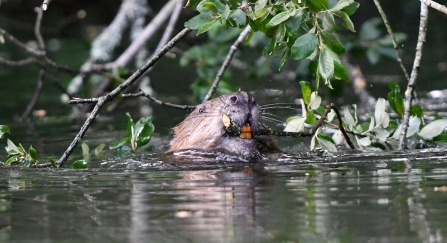A concerted effort over the past decade to reintroduce this once native species has driven the news headlines for a number of reasons, and opinion is divided. But the spotlight on this gnawing natural engineer looks to stay, as they now join a growing list of opportunities to put nature back in charge of its own recovery.
They can help solve some of the environmental challenges of a warming world, such as managing increased flood risk, improving water quality, enhancing the resilience and biodiversity of key habitats and reversing species decline.






